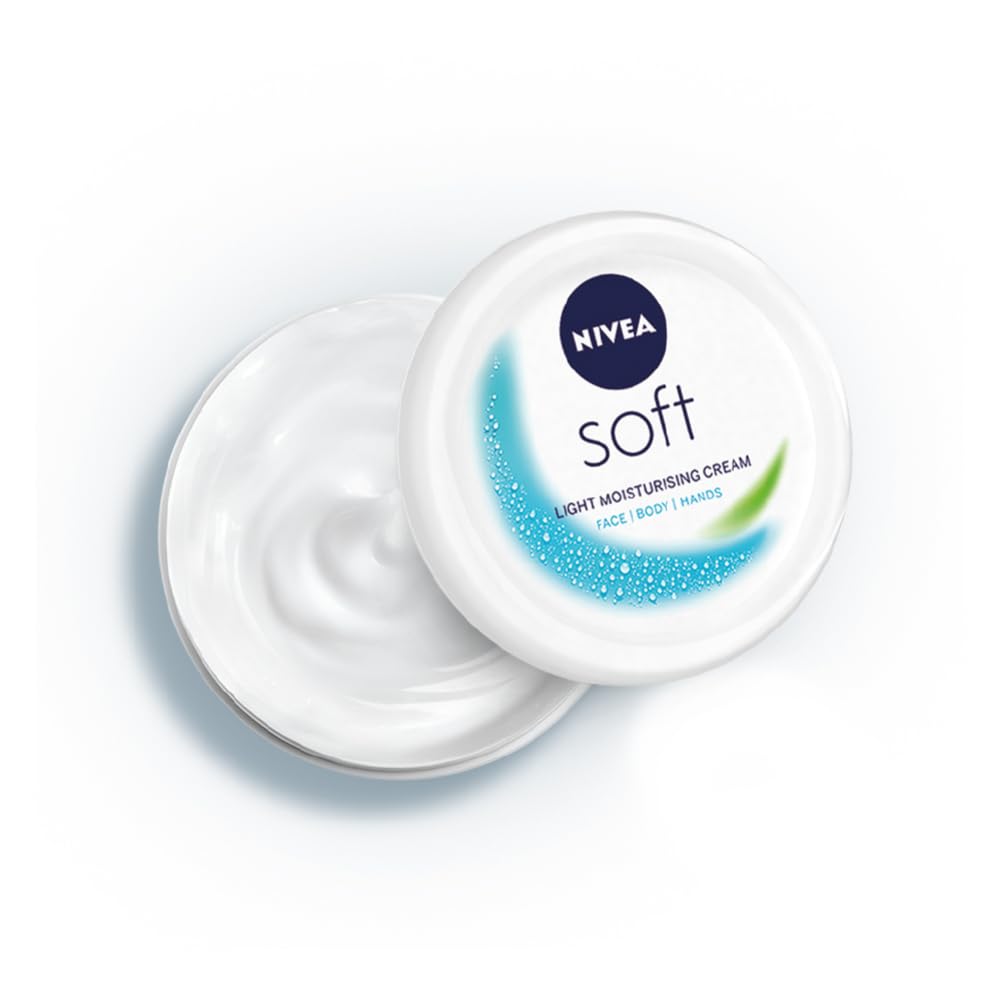Ichthyosis: Symptoms, Causes, Treatment
What are the symptoms of ichthyosis?
Ichthyosis is a group of genetic skin disorders characterized by dry, scaly, or thickened skin. The symptoms of ichthyosis can vary depending on the type and severity of the condition, but common symptoms may include:
- Dry, rough, or scaly skin: The skin may appear dry, rough, and scaly, with scales that may be white, gray, or brown in color. The scales may be fine or thick, and they may cover large areas of the body or be more localized.
- Itching: The dry, scaly skin associated with ichthyosis can be itchy, leading to discomfort and the desire to scratch.
- Cracked or fissured skin: In some cases, the skin may become cracked or fissured, especially in areas of friction or pressure.
- Thickened skin: In some types of ichthyosis, the skin may become thickened, especially on the palms of the hands and the soles of the feet.
- Redness or inflammation: The affected skin may appear red or inflamed, especially around areas of thickened or scaly skin.
- Skin shedding: The skin may shed or peel off in large flakes, especially after bathing or swimming.
- Hair loss: In some cases, ichthyosis can affect the scalp and lead to hair loss or thinning.
- Nail abnormalities: Ichthyosis can affect the nails, causing them to become thickened, ridged, or brittle.
The symptoms of ichthyosis can vary widely among individuals and may range from mild to severe. Some types of ichthyosis may be present at birth (congenital ichthyosis), while others may develop later in life (acquired ichthyosis). It’s important for individuals with ichthyosis to work closely with a dermatologist or other healthcare provider to develop a treatment plan that helps manage symptoms and maintain skin health.
What are the causes of ichthyosis?
Ichthyosis is caused by genetic mutations that affect the development of the skin’s outermost layer, the epidermis. These mutations can disrupt the normal process of skin shedding and lead to the accumulation of dead skin cells on the surface of the skin, resulting in the characteristic scales and dryness associated with ichthyosis.
Ichthyosis can be inherited in an autosomal dominant, autosomal recessive, or X-linked pattern, depending on the specific genetic mutation involved. Autosomal dominant ichthyosis is caused by mutations in genes such as TGM1, ALOX12B, and ALOXE3, while autosomal recessive ichthyosis is caused by mutations in genes such as ABCA12, NIPAL4, and CERS3. X-linked ichthyosis is caused by mutations in the STS gene.
In some cases, ichthyosis may be associated with other underlying conditions or genetic syndromes. For example, harlequin ichthyosis, a severe form of congenital ichthyosis, is caused by mutations in the ABCA12 gene and is often associated with significant health complications.
It’s important to note that while ichthyosis is primarily a genetic disorder, environmental factors such as dry climate, low humidity, and certain medications or skin care products can exacerbate symptoms. Managing these environmental factors can help improve skin health and reduce symptoms in individuals with ichthyosis.
What is the treatment for ichthyosis?
The treatment for ichthyosis aims to manage symptoms and improve the appearance and texture of the skin. While there is no cure for ichthyosis, a variety of treatments can help alleviate symptoms and improve quality of life. Treatment options may include:
- Emollients and moisturizers: Regular and generous use of emollients and moisturizers can help hydrate the skin and reduce scaling. Thick, greasy moisturizers are often more effective for ichthyosis than lighter lotions.
- Topical retinoids: Prescription-strength topical retinoids, such as tazarotene or adapalene, can help promote skin shedding and reduce scaling in some forms of ichthyosis.
- Topical keratolytics: Products containing ingredients such as urea, salicylic acid, or alpha hydroxy acids can help soften and remove thickened scales.
- Topical steroids: Topical corticosteroids may be used to reduce inflammation and itching in areas of the skin affected by ichthyosis.
- Oral retinoids: In severe cases of ichthyosis, oral retinoids such as acitretin may be prescribed to help improve skin texture and reduce scaling. However, oral retinoids can have significant side effects and are typically reserved for severe cases that do not respond to other treatments.
- Lifestyle modifications: Avoiding harsh soaps and hot water, using gentle cleansers, and taking shorter baths or showers can help prevent further drying and irritation of the skin.
- Humidifiers: Using a humidifier in the home can help add moisture to the air, which can benefit individuals with ichthyosis, especially in dry climates.
- Regular follow-up care: Regular visits to a dermatologist or other healthcare provider can help monitor the condition and adjust treatment as needed.
The specific treatment plan for ichthyosis will depend on the type and severity of the condition, as well as individual factors such as age, overall health, and preferences. It’s important for individuals with ichthyosis to work closely with a healthcare provider to develop a comprehensive treatment plan that meets their specific needs.




